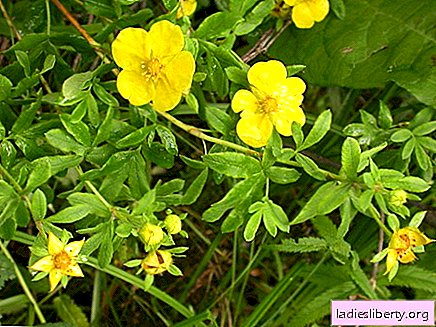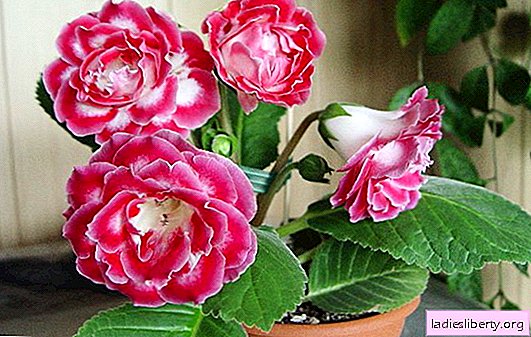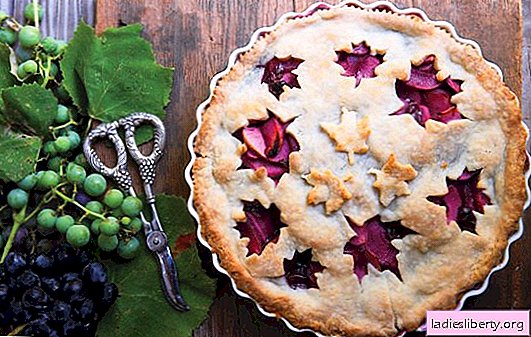
Kuril tea - general description
Kuril tea (five-leafed or cinquefoil) - a perennial short shrub of the pink family. The cinquefoil rarely reaches a height of 1.5 meters. The leaves of the plant are pinnate, covered with a soft but thick pile. Young shoots that are not yet one year old have a silky appearance. From June to the end of September, Kuril tea blooms in single flowers, up to three centimeters in diameter, or inflorescences.
The petals of the flowers of wild-growing Kuril tea come in yellow or white. The core of the flower is very fluffy, thanks to the many stamens. Cultivated varieties have a richer palette, as there are pale pink and red-orange flowers. The plant blooms and bears fruit at the same time. The fruits of the shrub look like brown buttons covered with thin hairs.
Kuril tea is widely used for medicinal purposes. However, this is a wonderful ornamental plant. In landscape design, this shrub is a decoration of rock gardens and is used to create borders.
Kuril tea - types and places of growth
Despite its name, Kuril tea grows in the Far East, the Caucasus, the mountainous parts of Central Asia, China, Eastern Siberia, Japan and Mongolia. You can meet him in Europe, and even in North America. Typically, Kuril tea prefers mountainous terrain of medium moisture.
The plant is so resistant to cold that it can grow even in permafrost. Based on the wild Kuril tea, 130 cultivars have been created.
Kuril tea - medicinal properties
Kuril tea is used for many infectious diseases of the intestines and stomach, as it has unique antiviral and antibacterial properties. The plant has calming, anti-inflammatory and hemostatic, tonic and diuretic properties.
Kuril tea is used as an immunocorrective drug. It is used for diabetes, cystitis, pyelonephritis, duodenitis, gastric ulcer, constipation. It helps to normalize metabolism, helps with nervous disorders, women's diseases, colds, wound healing and the cessation of inflammatory processes.
Kuril tea - dosage forms
The raw materials used are leaves, flowers and rhizomes of Kuril tea. The tops of the shoots along with the flowers are subject to harvesting. The raw materials are first dried in the sun, and later dried in ovens at 60-70 ° C. Decoctions, tinctures, extracts are prepared from raw materials. In Belarus, a therapeutic drink is made from Kuril tea. Usually the raw materials are simply brewed like tea, only the brewing process lasts longer.
Kuril tea - recipes
To relieve stress, 1 tablespoon of pre-ground roots is recommended to pour a glass of water, then boil for 10 minutes. Insist for two hours. Strain. Take 1 tbsp. spoon before meals for half an hour.
With dysbiosis and pulmonary tuberculosis, 2 tablespoons of shoots with flowers per ½ liter of water are required. Boil under the lid for 7-8 minutes. Two hours to insist. Strain. Drink half a glass before meals four times a day.
Douching is done in the same warm broth for a week or 10 days in the morning and evening.
Kuril tea will improve overall well-being if drunk instead of regular tea. Brew it in the amount of one pinch of leaves, shoots and flowers for 1 tbsp. boiling water. A day is allowed to drink up to three glasses of a healing drink. A stronger broth is obtained when brewing 2 tablespoons of dry collection in a half-liter thermos.
To wash the wounds and gargle, the dosage of dry tea is doubled.
Kuril tea - contraindications
Kuril tea should not be taken in patients with chronic diseases of the liver and kidneys. People with arthritis or kidney stones should know that for them, the heat treatment time of tea should be increased.
Like many other drugs, Kuril tea can cause individual intolerance.
Comments











